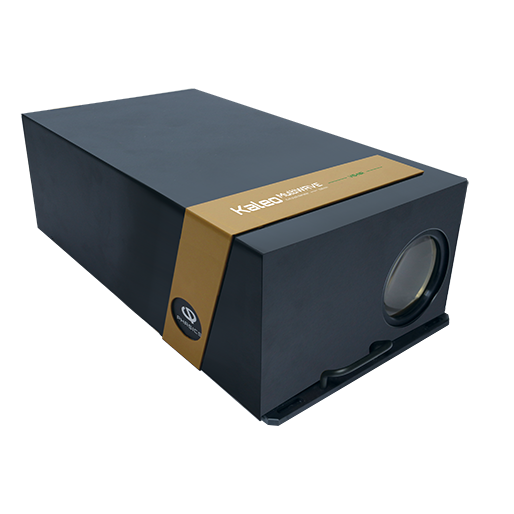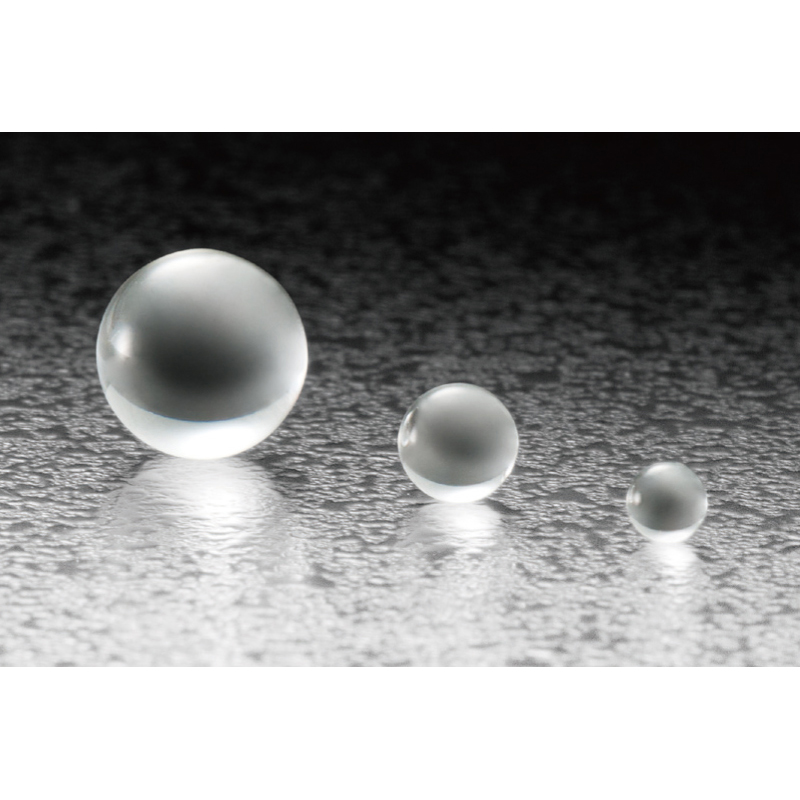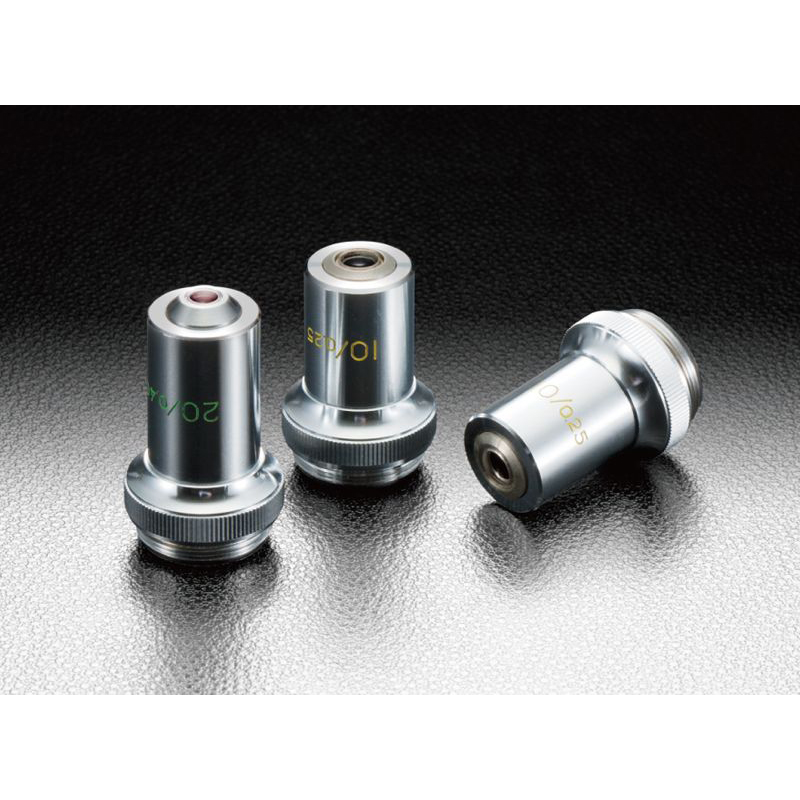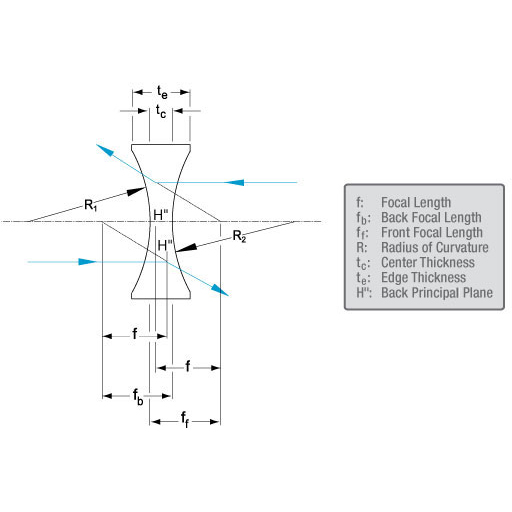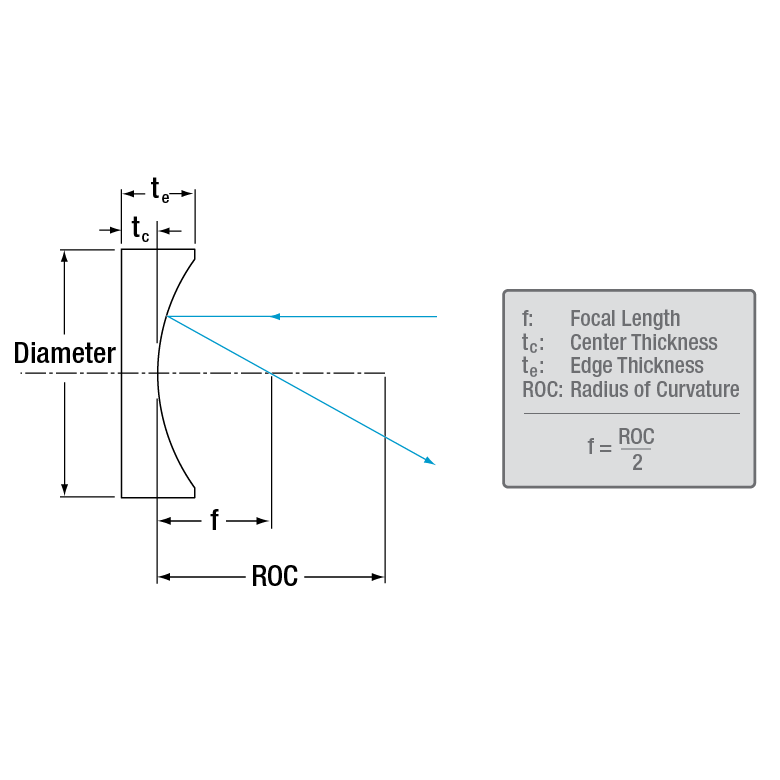Spec
Kaleo MultiWAVE
| Model | Kaleo MultiWAVE |
|---|---|
| Configuration | Double pass |
| Measurement capability | RWE of reflective surfaces TWE of transparent optics |
| Number of wavelengths per instrument | 1 or 2 (standard), up to 8 (custom) |
| Custom Wavelengths | Any wavelength from 193 nm to 14 μm including: UV: 266, 355, 405 nm VIS / NIR: 550, 625, 780, 940, 1050 nm SWIR / MWIR / LWIR: 1.55, 2.0, 3.39, 10.6 µm |
| Clear Aperture | 5.1″ (130 mm) |
| Beam height | 108 mm |
| Alignment system | Live phase & Zernike coefficients display |
| Polarization | Compatible with depolarizing optics |
| Alignment FOV | +/- 2° |
| Pupil focus range | +/- 2.5 m |
| Dimensions / Weight | 910 x 600 x 260 mm³, 25 kg |
| Vibration isolation | Not necessary |
| RMS repeatability (2) | < 0.7 nm (< λ / 900) |
| Sample reflectivity range | ~4% – 100% |
(2) 36 sequential measurements are performed on a 4” reference mirror, each being averaged 16 times. A reference is defined as the average of all odd numbered measurements. RMS repeatability is then defined as the average RMS difference plus 2 times the standard deviation of the difference between even numbered measurements and the reference.
